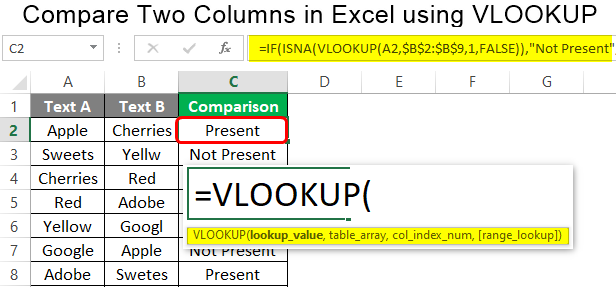5 Ways to Fix Missing Excel Sheets Instantly

Experiencing a sudden disappearance of an Excel sheet can be quite unsettling, especially if it contains critical data you need for your work. Whether you've accidentally deleted it, it has become hidden, or corrupted, there are several techniques you can employ to restore your lost Excel sheet. Here are five proven methods to fix missing Excel sheets instantly:
1. Check for Hidden Sheets

One common reason for missing Excel sheets is that they might have been hidden. To find and unhide them:
- Open your Excel workbook.
- Right-click on any sheet tab at the bottom of the screen.
- Select Unhide from the context menu.
- From the list, select the sheet you want to unhide and click OK.
2. Use the "Sheet Name" Method

If you know the name of the missing sheet, you can use a VBA macro to quickly recover it:
- Press ALT + F11 to open the VBA editor.
- Go to Insert > Module.
- Paste the following code into the module:
Sub FindSheetByName()
Dim ws As Worksheet
For Each ws In ThisWorkbook.Worksheets
If ws.Name = "SheetName" Then
MsgBox "Found sheet: " & ws.Name
ws.Visible = xlSheetVisible
Exit Sub
End If
Next ws
MsgBox "Sheet not found."
End Sub
3. Recover From an Autorecover Backup

Excel's Autorecover feature can sometimes save your sheets even if you didn't save them manually:
- Check the location where Excel stores its AutoRecover files. Typically, this is under C:\Users\[Username]\AppData\Roaming\Microsoft\Excel.
- Look for files with your workbook name followed by dates and times.
- Open the latest version to see if it includes your lost sheet.
4. Repair Excel File

Corruption in the Excel file might lead to missing sheets:
- Use Excel's built-in file repair tool:
- Open Excel.
- Go to File > Open, then click on "Recover Unsaved Workbooks" or "Browse" to find your file.
- If Excel detects a problem, it will attempt to repair the file.
- Alternatively, use a third-party Excel repair tool like Stellar Repair for Excel.
⚠️ Note: Before attempting repairs, always back up your file to avoid further data loss.
5. Excel Recovery Tool

If all else fails, you might need to resort to specialized recovery tools:
- Tools like Excel Recovery Tool or EaseUS Data Recovery Wizard can sometimes recover lost sheets even if the file is corrupted beyond Excel's repair capabilities.
- Follow the tool's instructions to scan and recover the lost Excel sheets.
The sudden loss of an Excel sheet can disrupt your workflow, but by employing these methods, you can usually recover your data. Here are a few additional tips to safeguard your work:
- Regularly save your work. Use keyboard shortcuts like CTRL + S to save frequently.
- Enable AutoRecover settings with short time intervals to recover your work in case of unexpected closures or crashes.
- Create backup copies of important workbooks and store them separately to prevent data loss.
- Avoid overloading your Excel file with excessive formatting or large datasets that could potentially corrupt the file.
- Use Excel Online for collaborative work to mitigate the risk of losing changes due to local file issues.
By understanding these recovery methods and implementing some preventive measures, you can minimize the impact of missing Excel sheets on your productivity. Keep these techniques in mind, and you'll be better prepared to handle similar issues in the future.
Can I recover Excel sheets if they were accidentally deleted?

+
Yes, Excel maintains a copy of unsaved changes through its AutoRecover feature. Check the AutoRecover folder for your file, or use Excel’s built-in recovery tool to restore the workbook.
What if Excel’s repair function doesn’t work?

+
If Excel’s repair function fails, consider using specialized third-party tools like Stellar Repair for Excel or EaseUS Data Recovery Wizard to recover data from corrupted files.
How can I prevent losing sheets in the future?

+
To prevent sheet loss, regularly save your work, enable and configure AutoRecover, keep separate backups, and consider using cloud-based solutions like Excel Online for collaborative work.



